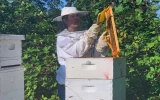Why Do Bees Abandon a Hive? How To Avoid It (17 Reasons)
Bees leave a healthy hive to search for nectar, locate water, and rid their bodies of substances, and then they come back to the hive. The queen bee flies out during mating trips and also comes back home. But there are times when the bees all go away and never return. Why do bees abandon a hive?
Bees abandon their hive for a number of reasons, including an uncomfortable hive, lack of food and water, bad location, path obstructions, strong winds, high humidity, poor ventilation, frequent disturbances, ant/parasite infestations, diseases, large animal attacks, chemicals, overcrowding, queen issues, and genetics.
The two main ways bees leave their hives are by swarming and absconding. Let’s go through the various reasons bees depart, along with some tips on how to keep your beehives from suffering from these problems.
Summary
- A swarm divides the colony into two parts, but an absconding colony leaves the hive and doesn't return.
- All bees, including the queen, totally abandon the existing hive when they abscond.
- Africanized honeybees are much more defensive than European honeybees.
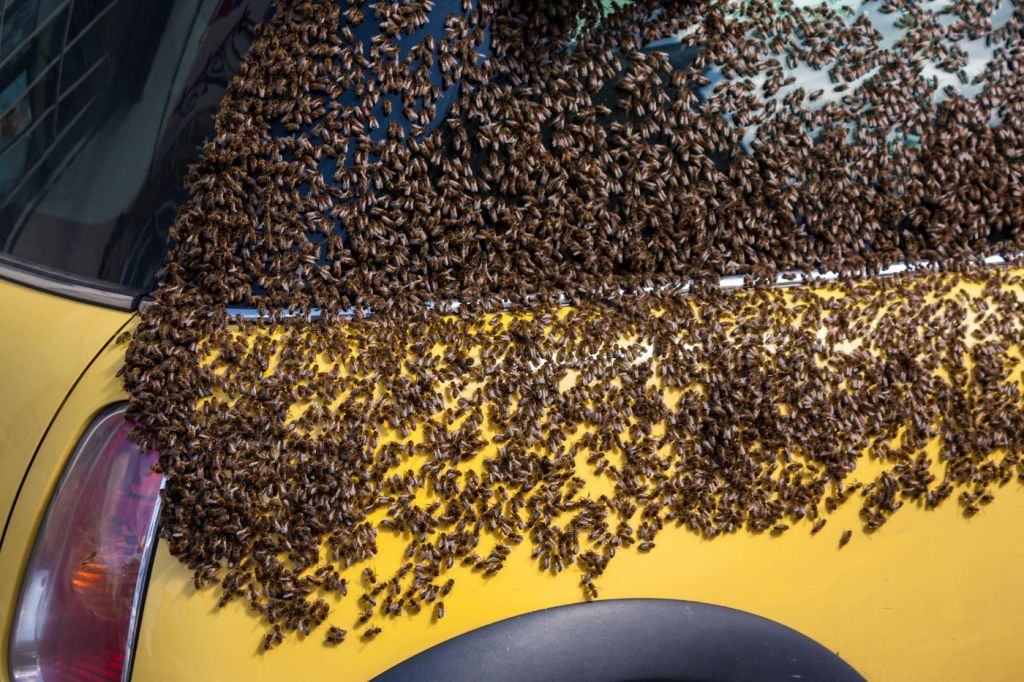
On this page:
Bees Leave A Hive When Swarming
When swarming, honeybees move from one location to another, and a percentage of the bees go to a new place and depart the colony with the old queen.
Africanized honey bees are more prone to swarming and absconding than European honey bees.
Bees Abandon A Hive When Absconding
When bees "abscond," the entire colony rather than just a few workers departs to build a new nest. Bees frequently leave their colony when they perceive a threat to it or when there aren't enough food sources nearby.
Africanized honey bees have evolved over time to thrive in environments where resources are scarce and absconding is the colony's only option for survival.
A lot is said about colonies that have vanished. A colony of bees that leaves its nest is said to be "absconding." An absconding colony leaves the hive, and it doesn't come back, unlike a swarm, which splits the colony into two sections.
17 Reasons Bees Abandon A Hive And How To Avoid Each Problem
Lack of enough food and water
To survive the winter, bees need a sufficient amount of honey stored in the hive. They may decide to move in search of a more fertile place if they are unable to store enough honey or if they empty their stores too quickly.
Bees may also become deprived of their typical food sources due to illness, and other calamities.
In order to get food and bring it back to the hive, bees will travel great distances by air, but the farther they have to travel, the more likely it is that they will be relocated.
To make sure they can forage without difficulty, you must always provide your bees with abundant flower patches.
Bad hive location with obstructions in flight paths
It is impossible to overstate the significance of a good hive location. The target location is one that is close to sources of food and water and shielded from strong winds.
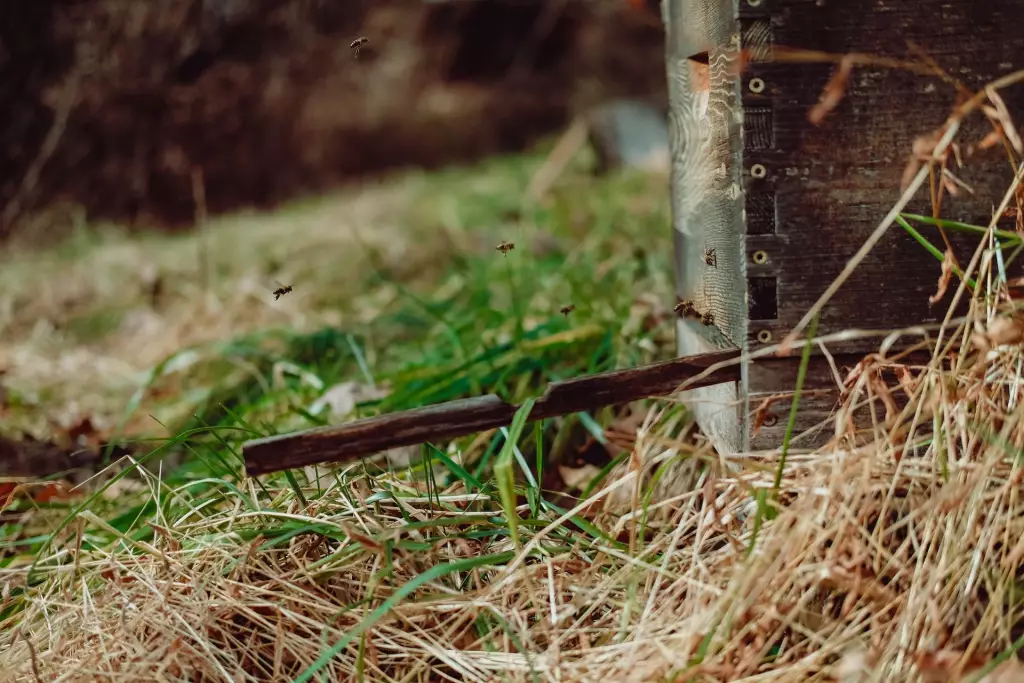
Forager bees must be able to come and go unhindered by humans, vehicles, or other objects that irritate them. They must feel secure in their environment.
Uncomfortable hive
Both new wood and new plastic have distinct smells. Bees seem to prefer the smell of a lived-in, comfortable hive, which is absent from new hives. Some new colonies will look for a shelter somewhere else if there is a strong paint or wood odor.
Don't paint your hive's interior. If you have previously painted it, allow it to totally dry before adding bees. The smell of fresh paint could overpower all other aspects of their new house.
Use high-quality latex paint to paint beehives. Finish painting a few days or weeks before adding the bees. For our odor-sensitive honey bees, the odors of glue, paint, and wood can all be upsetting. Give the new hive parts some time to air out.
Too high or too low temperatures
Extremes in temperature can cause larvae to die off and even harm adult bees. The survival of the hive is in danger as colony production declines.
A beehive should be kept at a temperature of about 95° Fahrenheit. The bees will begin to fan their wings in an effort to reduce the temperature if the hive's interior temperature rises above 105° F.
On the other hand, if the hive's temperature falls below 57° F, the bees will begin to group together in an effort to produce heat and survive.
If it gets any colder than that, they cease all flight and may eventually disappear. They may choose to leave when it gets warmer in pursuit of more suitable temperatures.
By offering appropriate insulation, ventilation, and shade, you can help control the hive's internal temperature. Your bees will generally be happy as long as you don't reside in a location with a harsh environment.
Strong winds
Bees are very creative, altering flight patterns and using windbreaks to avoid strong gusts and complete their journey.
However, bees whose hive is exposed to persistently high winds may choose to move to a location with a little more cover. The bees would abandon the hive if the hives were positioned in such a way that frequent high winds would rock the hive.
Individual bees don't seem to mind wind other than the strongest winds, but in hives exposed to such winds, the queen may decide to leave that location.
If you live in a windy area, think about using windbreaks to provide your bees with a little extra protection.
Poor ventilation or high humidity and poor drainage
Hives with poor ventilation and moisture are unappealing to bees. The likelihood of chalkbrood and other associated diseases increases with excessive humidity.
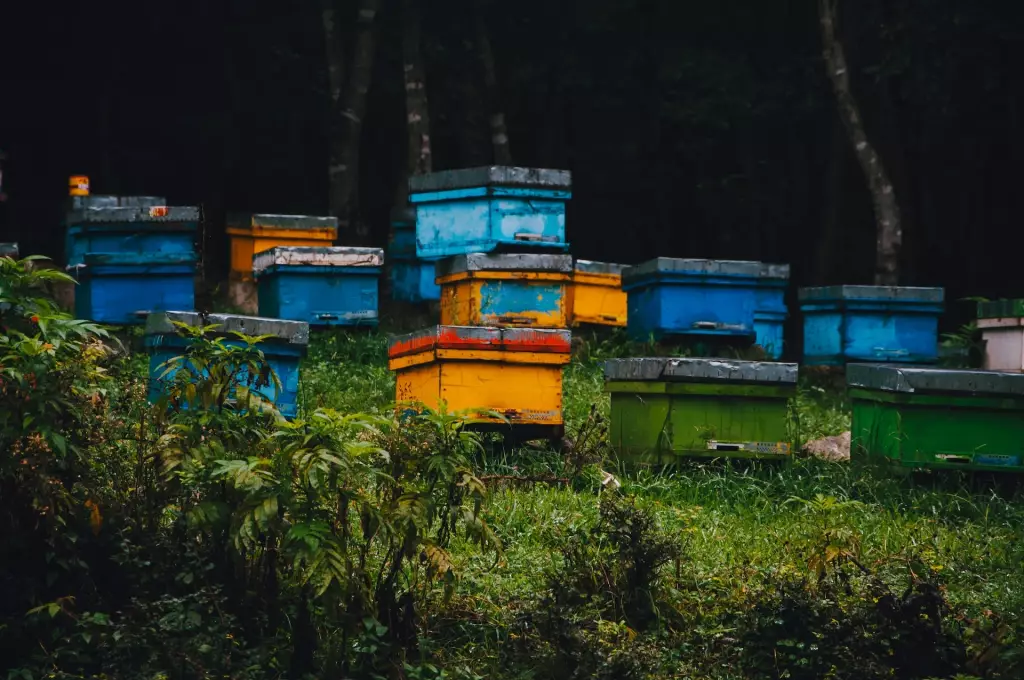
Bees need water to survive, but excessive moisture can be harmful, especially if the hive is located in an area with poor drainage. Mold and mildew can develop in an overly damp hive, which can harm the beeswax comb and even cause the bees to die.
Improve ventilation and drainage if you notice any condensation or water droplets inside the hive. Pay special attention during times of heavy precipitation or prolonged high humidity.
Frequent disturbance
Predators like opossums and skunks might be attacking the colony and eat the honeybees. During the night, skunks will scratch at the hive's entrance. The skunk devours guard bees who come out to investigate.
Bees have to deal with a variety of potential hive robbers, including bears, weasels, badgers, and even other insects like wasps.
There are many animals that will enter the hive and cause damage, whether they are for honey, larvae, wax, or the bees themselves.
The queen may opt to essentially leave the hive and go to a new location to establish a new colony if there are too much invasions or if the hive sustains significant damage during an attack.
By elevating the hive off the ground using the right hive stand, this issue can be mitigated.
Aggressive ant invasions
Ants are drawn to beehives. In some regions, Argentine ants and other species with a reputation for aggression might infiltrate the hive. This disturbs the environment to the point where bees start to flee.
Use a granular ant killer to try to get rid of fire ants.
Opening hives too often
Even though it's important to inspect your new colonies, avoid visiting the hive every other day. If you do, your subsequent visit might make the hive to be irritated.
You can lower the frequency of inspections once the colony is flourishing.
Pest and disease infestation
Like all other living things, bees are prone to illness. Numerous diseases can completely destroy a hive. American Foulbrood (AFB), European Foulbrood (EFB), and Nosema are the three most prevalent and deadly bee illnesses.
All of these illnesses are very contagious and often lethal for bees. If your hive gets sick, the entire colony will probably perish. If not, it's very probable that your bees will leave.
The colony may opt to look for a new location due to infestations of varroa mites, hive beetles, and other pests. Hive beetle traps are used by the majority of beekeepers to control varroa levels, which is always necessary.
If a lot of yellow jacket wasps regularly attack your frail hives, you can either buy or create a trap.
Large animal attacks
If large predators are a concern in your area, you might want to think about enclosing the bee yard with some sort of fencing. Other predators can be repelled by an electric bear fence as well.
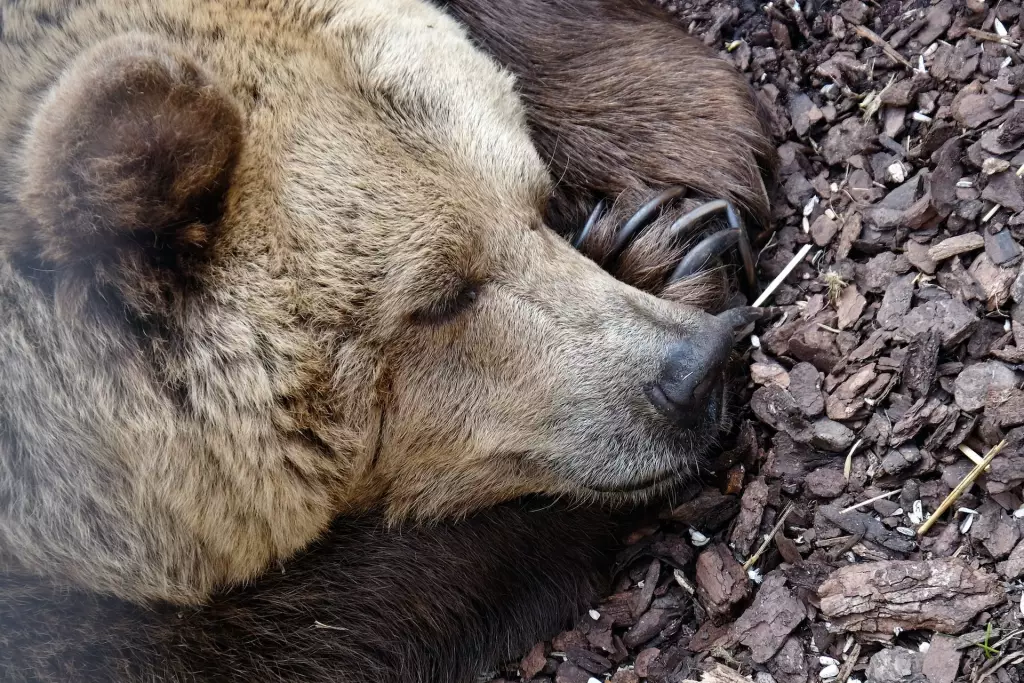
Putting up a fence or other barriers to keep your hives safe and out of harm's way is a smart option if you reside in an area where there are large predators.
Chemicals
Due to their extreme sensitivity, bees can be harmed or killed by even small doses of some chemicals.
Your bees may become disrupted and leave if you apply any form of pesticide, herbicide, or other chemicals around your hive or if such items are being used in the vicinity.
Overpopulation
Although bees are social insects that live in large hives with countless others, a hive can occasionally get overcrowded. One group of bees may swarm with the queen to start over elsewhere, and the remaining bees attempt to produce a new queen and remain in the same place.
As a beekeeper, you can decide to split the colony to reduce their number in the hive.
Lack of space in the combs
The honey bees can fly away if there is not enough room in the combs for them to store honey or for the queen to lay eggs.
Swarming and the lack of remaining worker bees might contribute to the combs not having adequate space. The remaining colony may be too small to create new combs and may decide to consume all the honey before departing. If it departs, it can be absorbed by a larger colony or go extinct.
If you see this issue, you may get a frame of brood from another colony and insert in the hive that lacks comb.
Problems with the queen
Weak hives are caused by queen issues. The queen bee's old age is among the biggest issues. When the queen bee stops laying eggs when she gets old, there aren't enough brood to replace the dead or swarming bees.
The queen's death is another issue. When the queen is dead, the hive will no longer have any new bees to manage it. The colony has two options: either produce another queen, or abscond. The absconding bees will include some that are small, frail, and unwell.
If you notice your hive having queen issues, you may decide to requeen it.
Colony Collapse Disorder (CCD)
This happens when bees abruptly leave healthy hives despite your best efforts. The motivation behind this behavior is not well understood.
Although the exact causes of CCD are unknown, some hypotheses include interactions involving pesticides, infections, parasites, starvation, and other stressors.
Because it can result in considerable losses in honey production and pollination services, this is a serious concern for beekeepers all over the world.
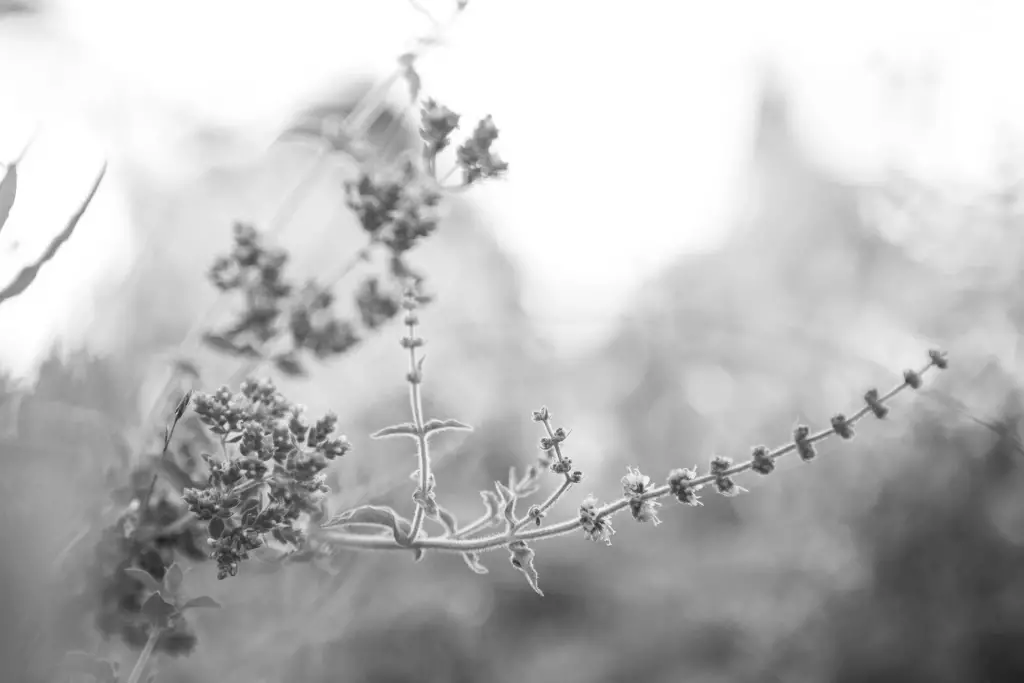
Unfortunately, there is not much you can do if you believe that CCD may be the cause of your bees' colony departure. The best line of action is to report the occurrence to your local agricultural extension office or beekeeping association.
The absconding genetics
We sometimes cannot control this bee behavior. Some bee races have a genetic propensity to relocate.
African honey bees frequently swarm and migrate to a region with abundant resources. The majority of honeybees in the US have some Africanized genes.
